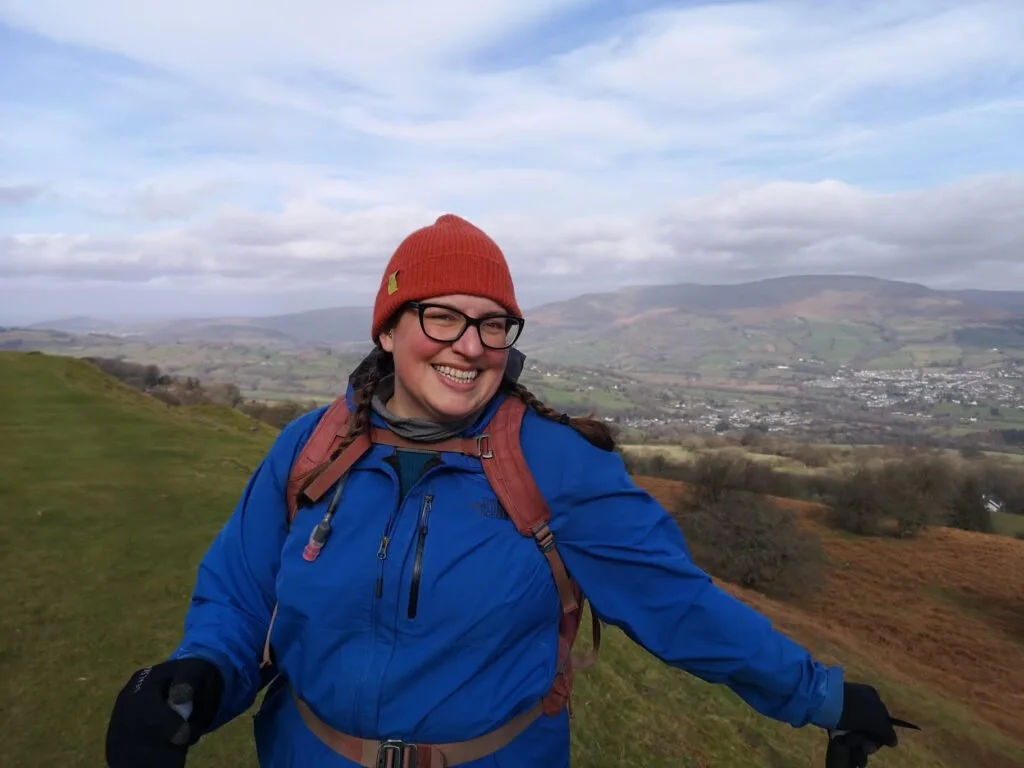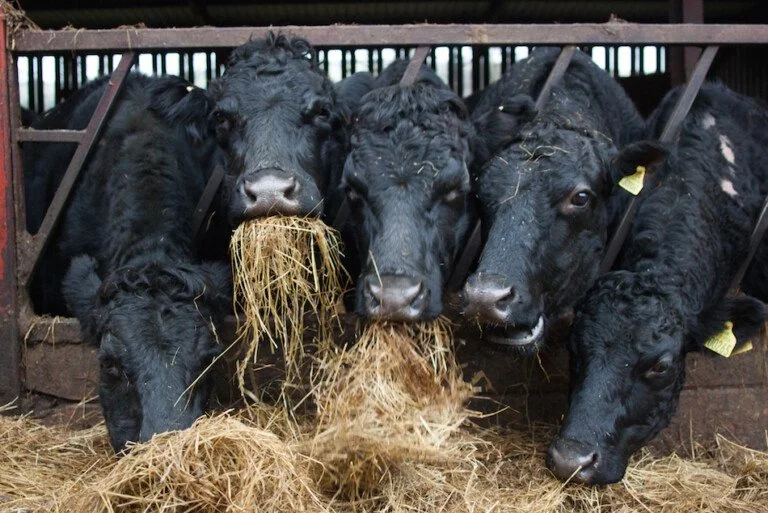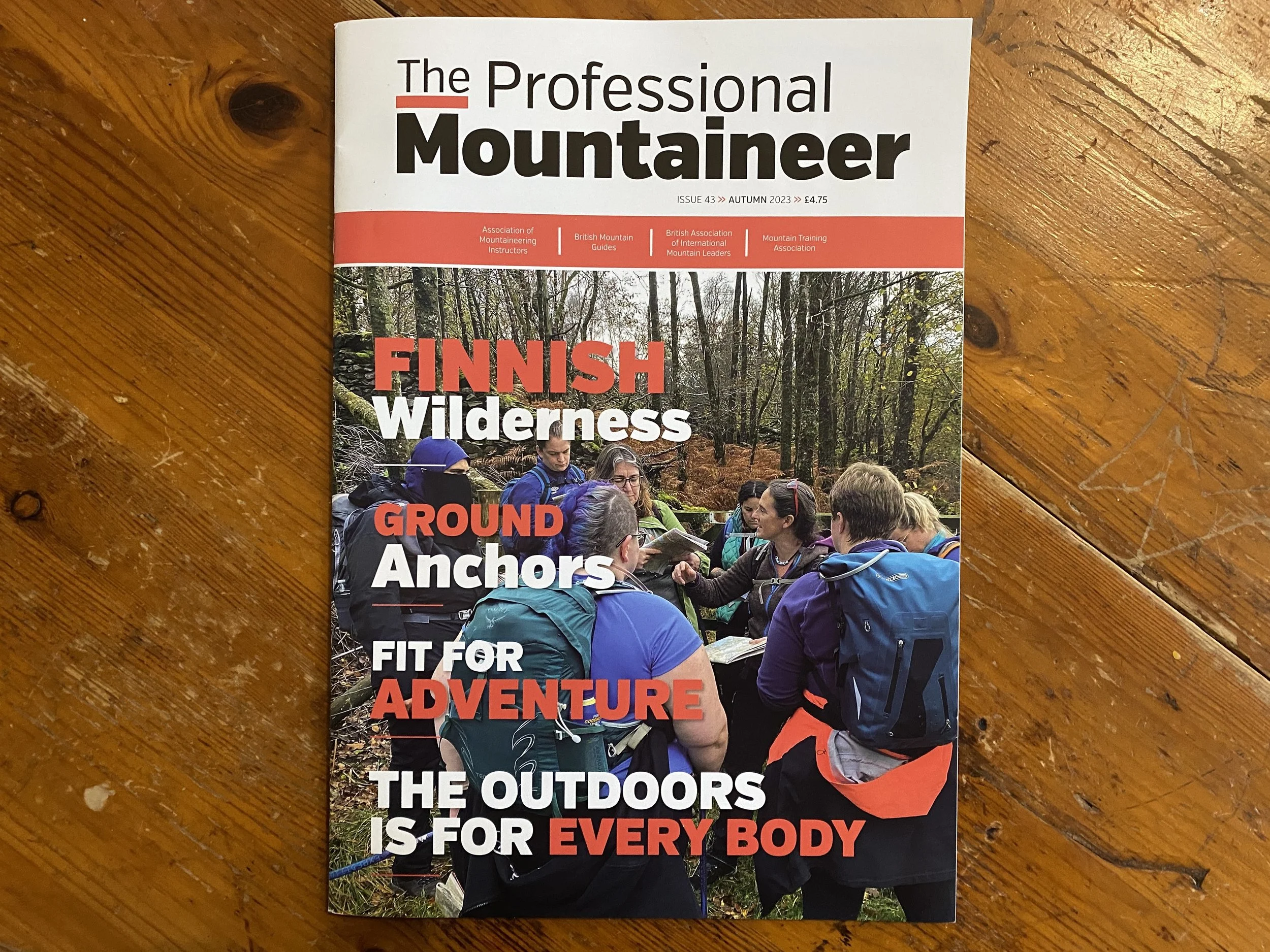The third in a series looking at eating locally in Bristol, focusing on the networks and collaborations that set Bristol apart.
"With agricultural land prices rocketing over the last five years, one of the main challenges for new producers is gaining access to affordable and secure land. A great example of the kind of creative partnerships that happen in the city can be found at Feed Bristol, an Avon Wildlife Trust site that focuses on demonstrating ecological food production practices. Along with the educational side of the project, the site also hosts several growing operations including Community Supported Agriculture (CSA) farm Sims Hill Shared Harvest, salad producers Edible Futures, and Upcycled Mushrooms. “There’s a lot of challenges facing new start-ups,” Matt Cracknell, project manager at Feed Bristol explains, pointing out the investment needed to get businesses, that are not significant income generators, off the ground. By allowing new businesses to offer in-kind support to the site rather than paying rent for the land, they reduce key overhead costs. One of their growers, Humphrey Lloyd from Edible Futures, describes the value of the arrangement: “Working here, you benefit from a system of shared infrastructure that helps get around the costs that inhibit many new entrant growers. It’s also a social place to work, so you rarely get the lonely field blues often associated with farming.”"
Excerpt from Sustainable Food Trust, September 2017, Words and photographs




